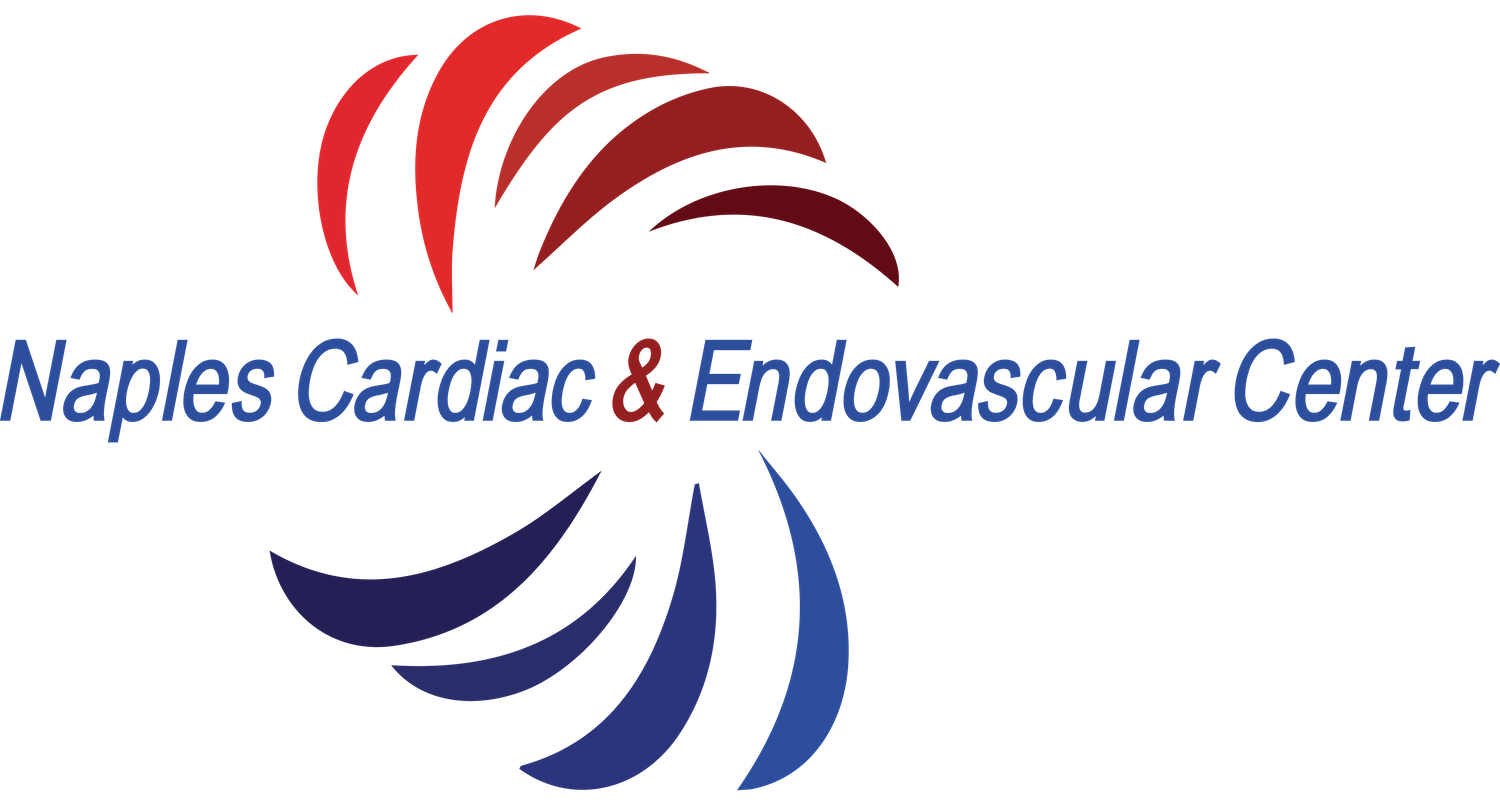Varicose Veins Complications
Varicose veins...while they cause the legs to look unsightly, are there any other reasons to consider treatment? In fact, yes as there are varicose veins complications that can arise from not treating varicose veins, although many people suffer from symptoms of varicose veins and opt for treatment. These complications can vary, with some of them being more serious and dangerous than others.
Some complications of varicose veins are:
Bleeding risk: Varicose veins house a large amount of blood, as the veins are stretched and it is more difficult for the blood to move out of the legs. As varicose veins are also close to the surface of the leg, any cut or trauma to the leg can can a large amount of bleeding or a large bruise that is seen under the skin.
Dermatitis: This is a rash that is due to inflammation of the skin from all of the excess swelling the legs. The sin can be itchy with red discoloration and flaking of the skin.
Hardening of skin: For those with long standing swelling in the legs, this can cause the skin to become firm or harden, along with color changes usually being a brown or red color. This condition is usually uncomfortable, particularly with touching the legs.
Draining: The swelling found in the legs is serous fluid, which is a component of the blood. With pressure being high in the veins, some of the serous fluid is pushed into the surrounding tissues. The accumulation of fluid in the tissues and increase pressure will cause the body to find a place to push this excess fluid. This results in drainage or oozing from the skin on the legs, usually a clear-yellow or straw color, as this is the color of serous drainage.
Skin ulcers/wounds: Swelling prevents proper nutrients from reaching the skin level, which weakens the skin. Cuts, abrasions, or other trauma to the skin can cause an ulcer or poor healing wound. These ulcers or wounds can take a long time to heal as there poor nutrients reaching the skin.
Infection: Bacteria are found naturally all over the skin. In the case of the serous drainage from the legs and also any poor healing wound, this can allow bacteria found on the skin to move into the skin and cause an infection, most commonly called cellulitis. Lastly, as there is poor circulation to the skin, the body is less able to ward off infection.
Thrombophlebitis: This term refers to a blood clot within the surface veins, usually those that are varicose veins. Since blood pools in the veins, stretching the wall of the veins and there is difficulty with blood flowing properly through the veins, this can lead to the blood clotting within the varicose vein.
Deep Venous Thrombosis (DVT): Blood clots can also occur in the deep veins of the legs and those that have thrombophlebitis are at higher risk to develop a deep venous thrombosis (DVT). This is the most serious of all varicose veins complications and can lead to a life-threatening condition called a pulmonary embolism, where all or a portion of the DVT becomes lodged in the vessels of the lungs.
With increasing pain in your legs and with your varicose veins, it may be time to speak with your doctor. If you have increased pain, swelling, redness, other color changes, non-healing wounds, or have been treated for infection, you should inquire about possible treatment options that can address these issues and possibly reverse some of these complications of varicose veins.
Talk to a Vein Specialist
Speak with our team of board certified interventional cardiologists and endovascular specialists in Naples, Florida. They will discuss your medical history, perform a thorough exam, and explain if you are experiencing some of the varicose veins complications, and what specific treatments options are right for you and your varicose veins.
To request a Varicose Vein consultation click below or call (239) 300–0586

